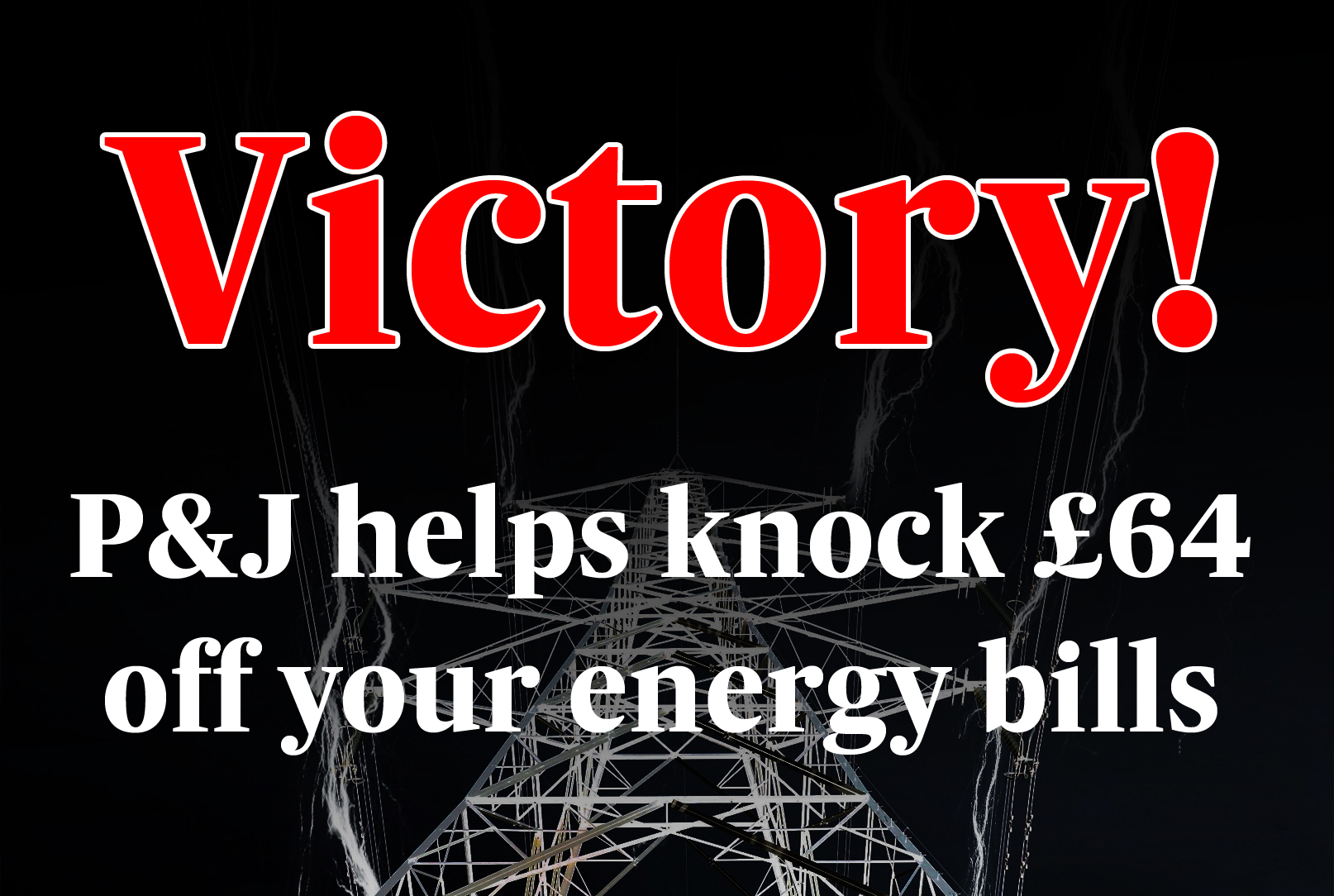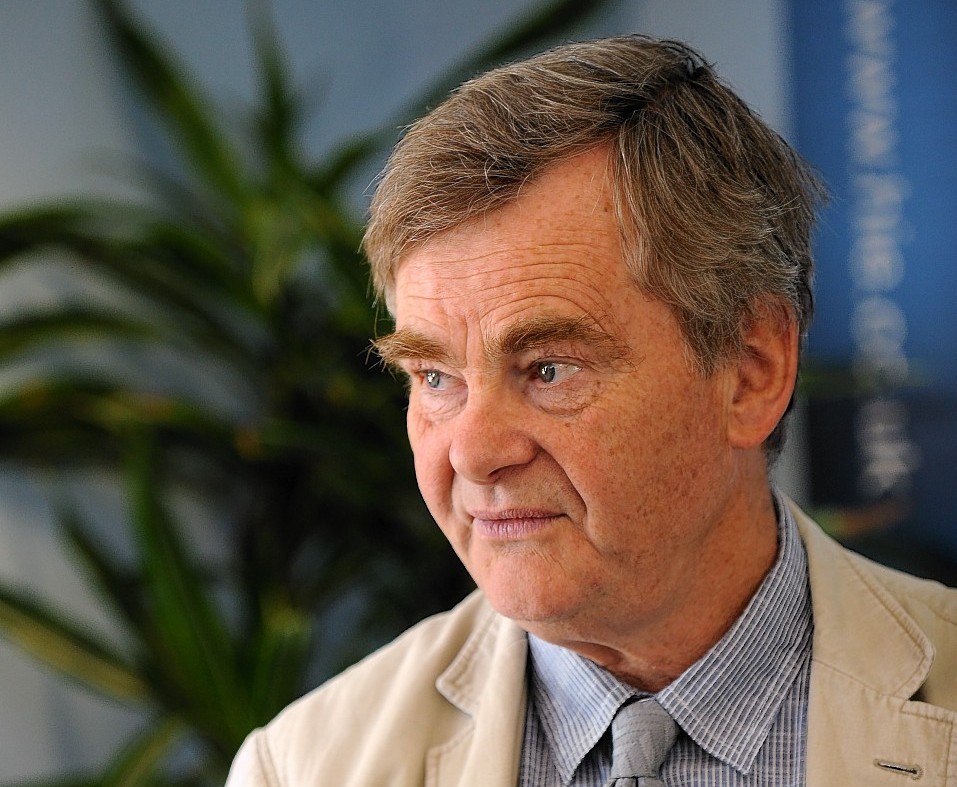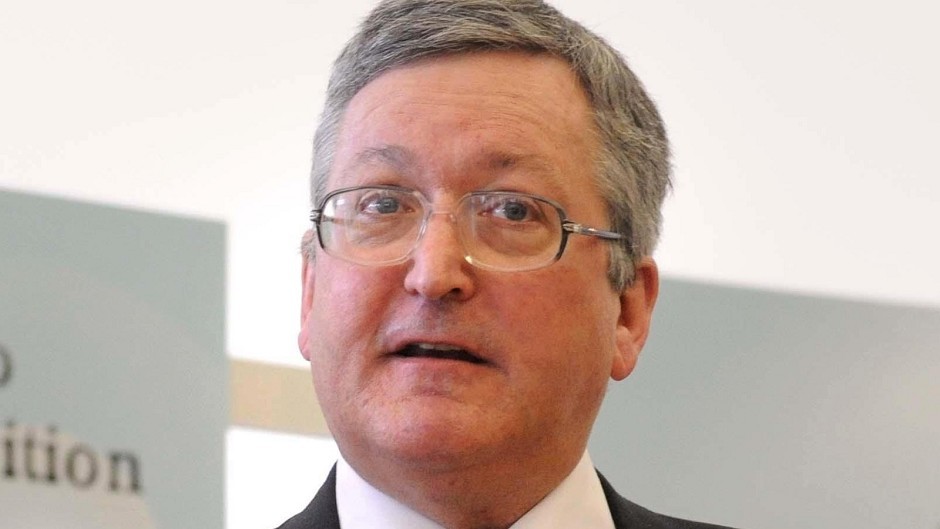Scottish families are in line for £64 cut in their power bills after regulators backed the Press and Journal’s energy price campaign.
The Competition and Markets Authority (CMA) yesterday recommended a radical overhaul of a pricing system which penalises hard-pressed consumers north of the border.
It has proposed a new model which would mean Scotland and northern England paying £40million a year less for electricity – with south-east England paying £40million extra.
The move – which it is estimated would mean average annual bills in Scotland being cut by £64 a year, with those in southern England rising by £14 – follows the launch of a Press and Journal campaign on the issue last year.
Campaigners last night hailed the success of the Fair Deal On Energy Prices series, as CMA insiders confirmed they had been closely watching our coverage while drawing-up the long-awaited proposals.
The regulator – which replaced the Competition Commission and the Office of Fair Trading last year – believes the cheaper electricity could encourage major new industry and investment into Scotland.
However, it is understood that the proposed changes would increase costs for Scotland’s power generators – such as windfarms, hydro schemes and gas turbines– by roughly the same £40million amount as the cut to customers.
Councillor Angus McCormack, chairman of Western Isles Poverty Action Group, welcomed the proposed reforms.
“If they are looking at locational pricing seriously then I’m very pleased indeed, because that would definitely help us in the north and the west,” he said last night.
“I’d like us to benefit a good deal more than £64 a year, but if we can do that along with other proposals from our discussions with SSE and Ofgem, then they may be significant steps forward.”
He added: “I’ve been delighted to have the continuing support of the Press and Journal for the campaign. It’s been very important to have that voice.”
Scotland produces more electricity than it needs, exporting about a quarter of the supply to the rest of the UK, but the costs and losses associated with moving the power to higher-demand areas in the south of England are currently shared equally across the country.
The CMA suggested in an interim report in February that there was a case for changing it from a national to a local-based pricing system, meaning Scottish consumers would have access to cheaper energy.
After a major investigation, the regulator said yesterday that its provisional finding was that the lack of such a local pricing system was having an “adverse effect on competition”.
In its report, the body proposed moving to a local model, and will now carry out detailed consultation on the plans over coming weeks, before producing final recommendations in December.
A CMA spokesman told the Press and Journal: “Today’s report by the CMA has provisionally concluded that the lack of locational pricing for losses in electricity transmission distorts competition by introducing cross-subsidies into electricity markets, and leads to substantial losses of efficiency.
“It therefore proposes to eliminate this effect by incorporating such losses in transmission charges. The CMA estimates that the effect of this measure will be to reduce costs to consumers of electricity in the north of England and Scotland by about £40million.”
Di Alexander, chairman of the Highlands and Islands Housing Associations Affordable Warmth Group, said: “In essence, the CMA report provides analytical proof that the domestic energy supply market is failing its customers – as people living in the Highlands and islands are paying way over the odds to keep their homes warm in the harshest climactic in the UK conditions know only too well.”
A Scottish Government spokeswoman said it would respond to the locational pricing proposal when it had recieved further details.
Energy Minister Fergus Ewing said: “This report shows once again that successive UK governments, and the energy regulator, Ofgem, have failed to provide a competitive energy market delivering fair and transparent energy bills.
“These provisional findings confirm the Scottish Government’s long held view about the retail energy market.
“It is a disgrace that some of the most vulnerable consumers – particularly those in remote areas without access to mains gas and those on pre-payment meters – should be paying more.”


